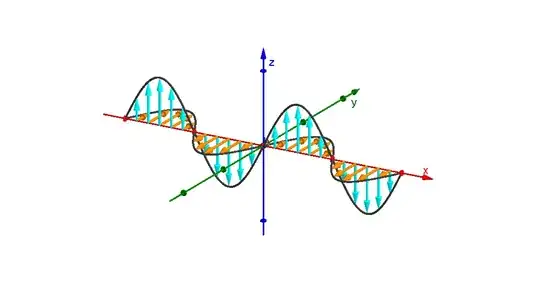Have a look at the image below,

It depicts Electric and Magnetic field components of electromagnetic wave.
I'm a bit confused about whats happening here.I mean is the electric field changing with time or position and what do the waves actually represent(the intensity or direction)...
